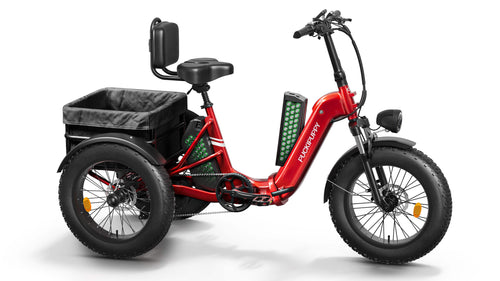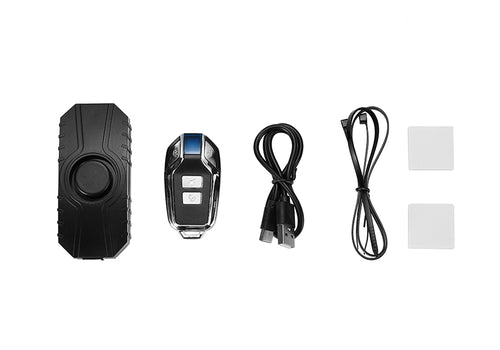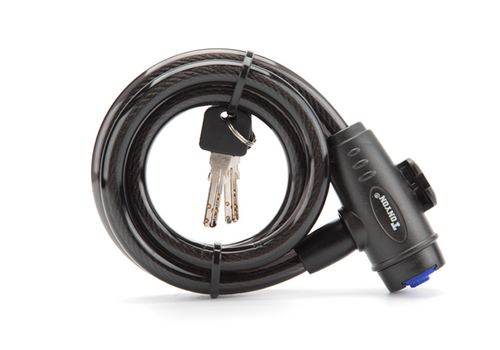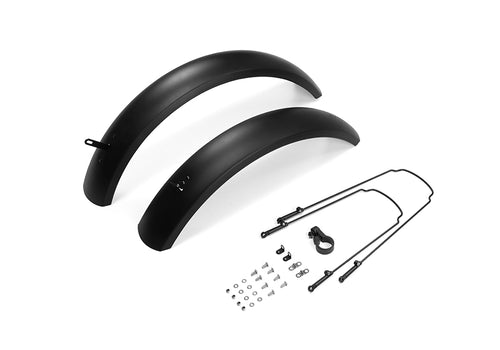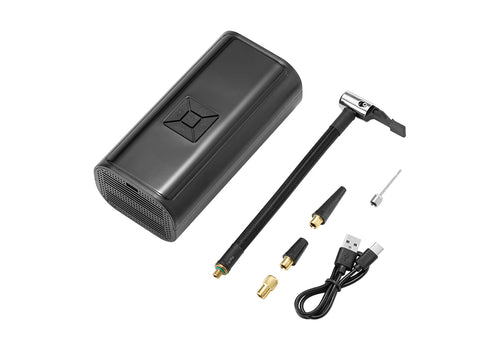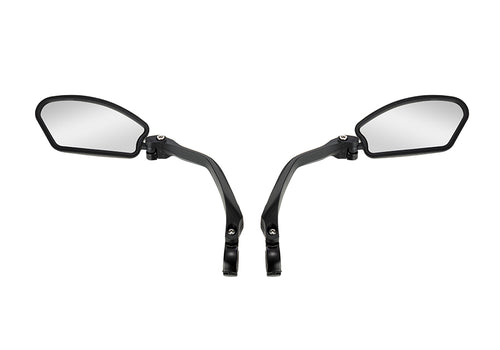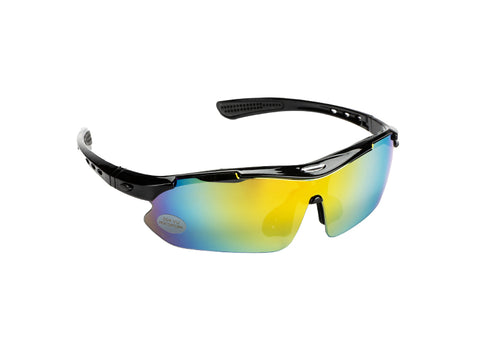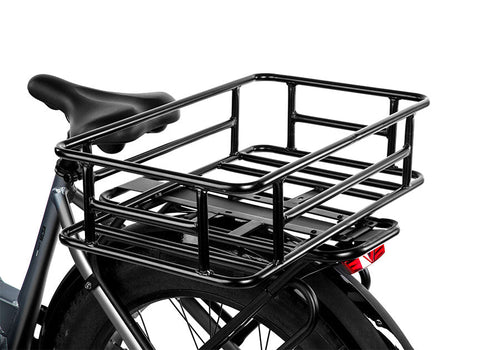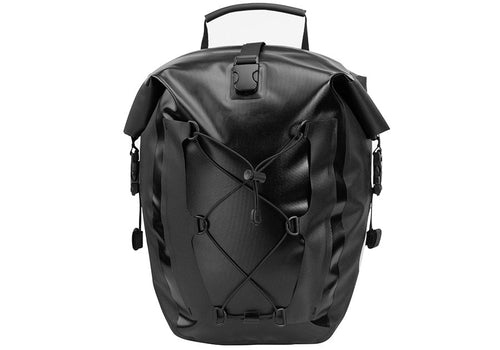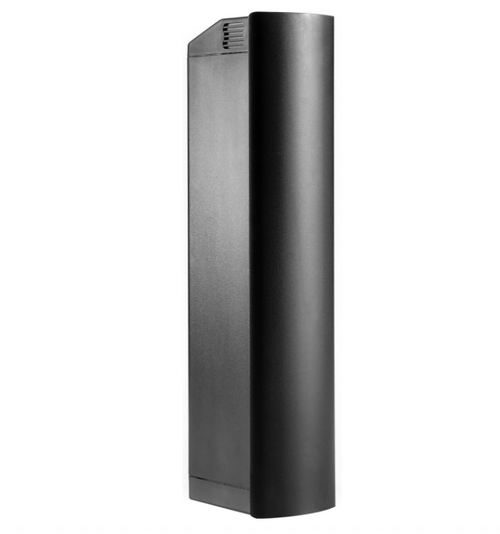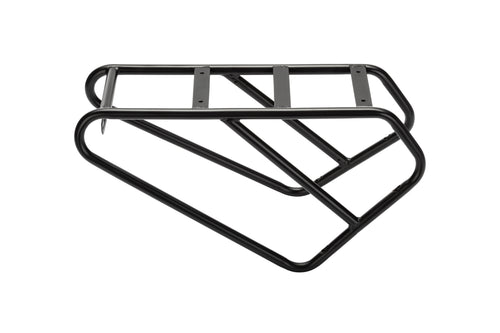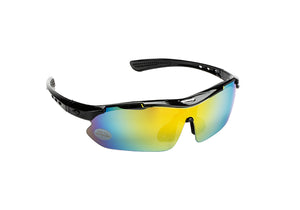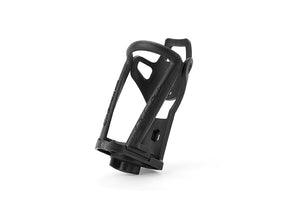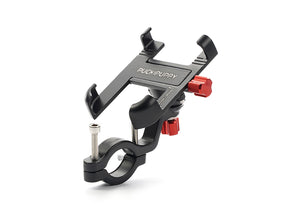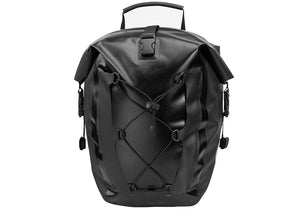Understanding E-Bike Classifications: Level 1, 2, and 3

At this blog, We will delve into the basics of E-Bikes and explore the different classifications, namely Class 1, Class 2, and Class 3. Understanding these classifications will help you make an informed decision when choosing the right E-Bike for your needs.
E-Bike classifications are standardized categories that define the level of assistance and maximum speed provided by the electric motor. These classifications help riders select an E-Bike that aligns with their specific needs and local regulations.
Let's take a closer look at each class:
Level 1 E-Bikes, also known as pedal-assist bikes, provide assistance only when pedaling.The electric motor provides a boost to your pedaling efforts, making it easier to ride and reducing fatigue.
Level 1 E-Bikes have a maximum motor assistance speed of 20 mph (32 km/h). They are perfect for riders looking for a natural cycling experience with a helping hand. Class 1 E-Bikes do not have a throttle, so the motor only engages when you pedal. These E-Bikes are allowed on most bike paths and trails.
They are perfect for riders looking for a natural riding experience with a helping hand.
Level 2 E-Bikes, also known as throttle-assist bikes, provide assistance through throttle, similar to a motorcycle or scooter. With a simple twist or push of a button, the electric motor propels the bike forward without the need for pedaling.
Level 2 E-Bikes also have a maximum motor assistance speed of 20 mph (32 km/h). These bikes are ideal for riders seeking more control and power without the constant need for pedaling. They are also allowed on most bike paths and trails.
These E-Bikes are ideal for riders seeking more control and power without the constant need for pedaling.
Level 3 E-Bikes, also known as speed pedelecs or S-Pedelecs, offer a higher level of assistance and a greater maximum motor assistance speed.
Level 3 E-Bikes can reach speeds of up to 28 mph (45 km/h) and are designed for riders who want a faster commute or need to cover longer distances in less time. These E-Bikes require additional measures, such as most states having laws requiring Level 3 riders to be at least 14 years old (older in some states) and wear a helmet.
Legally speaking, Level 3 E-Bikes are considered motor vehicles. Driving on bike lanes and trails is generally not allowed, and most states require you to stay in the lane of traffic. After all, their higher speeds may pose a safety risk to pedestrians and other cyclists.
Now that you understand the different E-Bike classifications, you can make a choice based on your needs.
If you want to ride recreationally, more places allow Level 1 E-Bikes. If you want to pedal less hard while still being able to have a little adventure, a Level 2 E-Bike with throttle assist can help. If you want to get around as fast as possible, a Level 3 E-Bike is best for you.
Also, you need to remember, familiarize yourself with your local laws and regulations regarding E-Bikes. Some regions may have restrictions on maximum speed or require specific licenses for certain classifications.
Understanding the basics of Level 1, 2, and 3 E-Bikes is essential to choosing an E-Bike that suits your needs and preferences. With an E-Bike, you can enjoy a relaxing ride, enjoy beautiful scenery, or go on an adventure.
Ready to start your riding life? At Puckipuppy, we offer a wide range of E-Bikes in each classification. Happy riding and exploring with Puckipuppy E-Bikes!

















